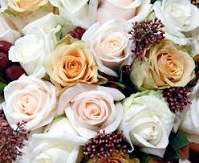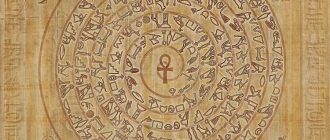Want to learn more about Egyptian flower arrangement? Read on for facts and info about the art of flower arrangement practiced in Egypt since the old Kingdom…
The history of flower arrangements goes back to the ancient Egyptians who are known for being the first people to formally arrange flowers for the purpose of presentation. The Egyptians had been making use of decorative flower arrangements as far back as 2500 BC. There are a number of illustrated stone reliefs and paintings which clearly depict how flower arrangements were created back in those days.
Flower Arranging Traditions
Traditionally the Egyptians would cut flowers and place them in tall vases. Flower arrangement was considered to be a very important aspect of the culture. They were the first people to develop highly stylized flower arrangements that were created for specific occasions. The use of complex arrangements was associated with burial rituals and a number of other important processions. Alternatively many Egyptians would also use flower arrangements as table decoration.
As it is with everything associated with Egypt, they assigned different symbolic meanings to different flowers. Hence they took the art of selecting the flowers according to the symbolic meanings that they wanted their flower arrangements to reflect. The emphasis of flower arrangements was always on the religious significance that the flowers had.
Important Flowers Used In Egyptian Flower Arrangements
There are a number of different flowers that were considered to be very important by the Egyptians. Of course the availability of flowers also affected the choice that they made. Two of the most important flowers that were commonly used in Egyptian flower arrangements was the lotus flower as well as the water lily. These particular flowers had immense religious significance for the Egyptians. They associated it with the Egyptian goddess Isis and hence the flower was considered to be sacred.
The palm tree and papyrus plant were also very important for the Egyptians. These two also had religious significance and were associated with other Egyptian deities. A number of other flowers can be found buried in Egyptian tombs from ancient history. The concept of making garlands of flowers was also present in the Egyptian culture as archaeologists have been able to find examples of flower garlands that were buried along with the dead. They had the same concept of leaving flowers at the burial sites of their loved ones as is practiced today. Some of the most commonly used flowers for making garlands and flower arrangements include roses, the narcissus, the Iris Sibirice, the poppy flower anemone and the delphinium.
This ancient practice has had a profound effect on the culture of Egypt. Flowers are an important part of people’s lives in Egypt even today. You will be able to find an overwhelming amount of flower shops scattered across the country which goes to show that the ancient tradition of making flower arrangements and garlands is still popular today. The bulk of the flower gardens are situated close to the River Nile which provides a lush and fertile ground for the growing of a wide variety of flowers.





